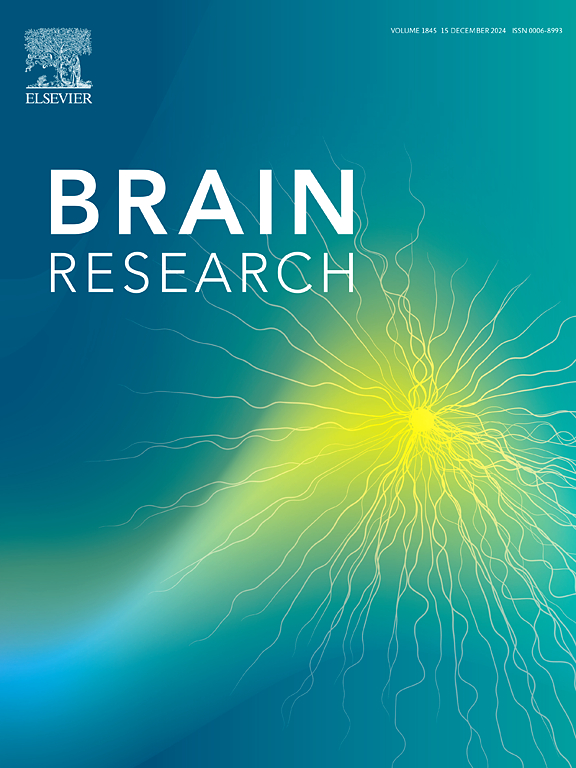Happy and angry facial expressions are processed independently of task demands and semantic context congruency in the first stages of vision – A mass univariate ERP analysis
IF 2.7
4区 医学
Q3 NEUROSCIENCES
引用次数: 0
Abstract
Neural decoding of others’ facial expressions is critical in social interactions and has been investigated using scalp event related potentials (ERPs). However, the impact of task and emotional context congruency on this neural decoding is unclear. Previous ERP studies employed classic statistical analyses that only focused on specific electrodes and time points, which inflates type I and type II errors. The present study re-analyzed the study by Aguado et al. (2019) using robust data-driven Mass Univariate Statistics across every time point and electrode and rejected trials with early reaction times to rule out motor-related activity on neural recordings. Participants viewed neutral faces paired with negative or positive situational sentences (e.g. “She catches her partner cheating on her with her best friend”), followed by the same individuals’ faces expressing happiness or anger, such that the facial expressions were congruent or incongruent with the situation. Participants engaged in two tasks: an emotion discrimination task, and a situation-expression congruency discrimination task. We found significant effects of expression largest during the N170-P2 interval, and effects of congruency and task around an LPP-like component. However, the effect of congruency was significant only in the congruency task, suggesting a limited and task-dependant influence of semantic context. Importantly, emotion did not interact with any factor neurally, suggesting facial expressions were decoded automatically during the first 400 ms of vision, regardless of context congruency or task demands. The results and their discrepancies with the original findings are discussed in the context of ERP statistics and the replication crisis.

求助全文
约1分钟内获得全文
求助全文
来源期刊

Brain Research
医学-神经科学
CiteScore
5.90
自引率
3.40%
发文量
268
审稿时长
47 days
期刊介绍:
An international multidisciplinary journal devoted to fundamental research in the brain sciences.
Brain Research publishes papers reporting interdisciplinary investigations of nervous system structure and function that are of general interest to the international community of neuroscientists. As is evident from the journals name, its scope is broad, ranging from cellular and molecular studies through systems neuroscience, cognition and disease. Invited reviews are also published; suggestions for and inquiries about potential reviews are welcomed.
With the appearance of the final issue of the 2011 subscription, Vol. 67/1-2 (24 June 2011), Brain Research Reviews has ceased publication as a distinct journal separate from Brain Research. Review articles accepted for Brain Research are now published in that journal.
 求助内容:
求助内容: 应助结果提醒方式:
应助结果提醒方式:


